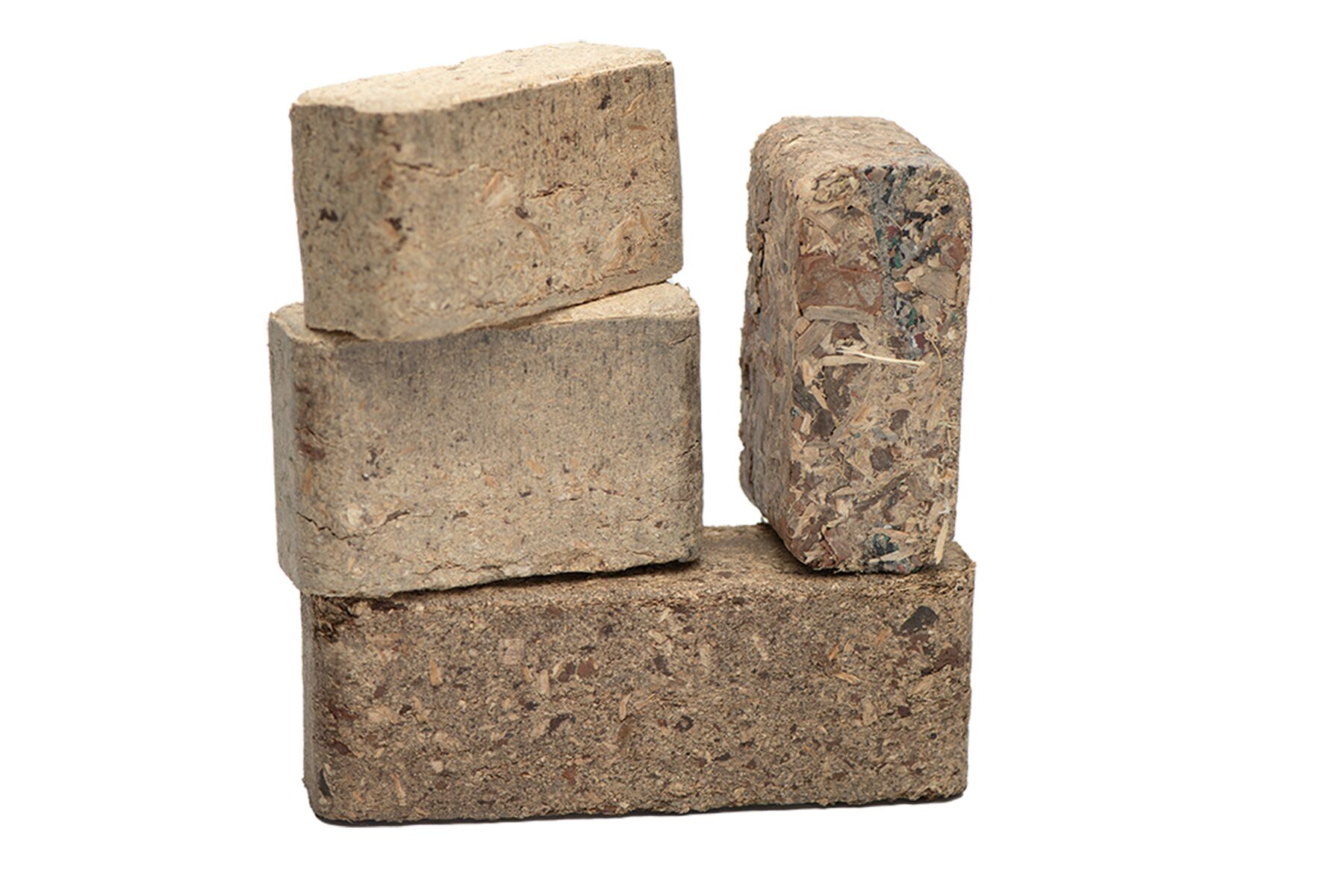Direct Air Capture (DAC)
Direct air capture uses technologies that remove CO2 from the atmosphere, thereby
extracting carbon previously emitted into the atmosphere by industrial processes, forest fires, etc...
1.5oC 2.7oF
In order to limit global warming to
1.5oC 2.7oF
above
preindustrial temperatures, reducing greenhouse gas emissions alone is insufficient. Despite transitions
towards lower emissions already underway, few are consistent with limiting warming sufficiently.
Carbon dioxide removal (CDR) from the atmosphere will also be necessary.[1]$100/ton is the Holy Grail of carbon pricing and startup Graphyte
[1] claims to reach that with its carbon-casting technique. Graphyte has backing from Bill Gates'
Breakthrough Energy Ventures.


728 kg/ha 650 lb/ac
Glacial rock flour (GRF) is produced (about one billion tonnes annually) by the glacial erosion
- or 'grinding' - of rocks beneath the Greenland ice sheet. This GRF can then be spread on
fields where it increases crop yields. It can also absorb
728 kg/ha 650 lb/ac
of CO2 from the atmosphere over a period of three years.[1]4,000 tonnes 3900 (long) tons
In September, 2021, Climeworks launched the world's first direct air capture plant in
Hellisheidi, Iceland. This plant (named Orca) has an annual CO2 capture of up to
4,000 tonnes 3900 (long) tons
[1]